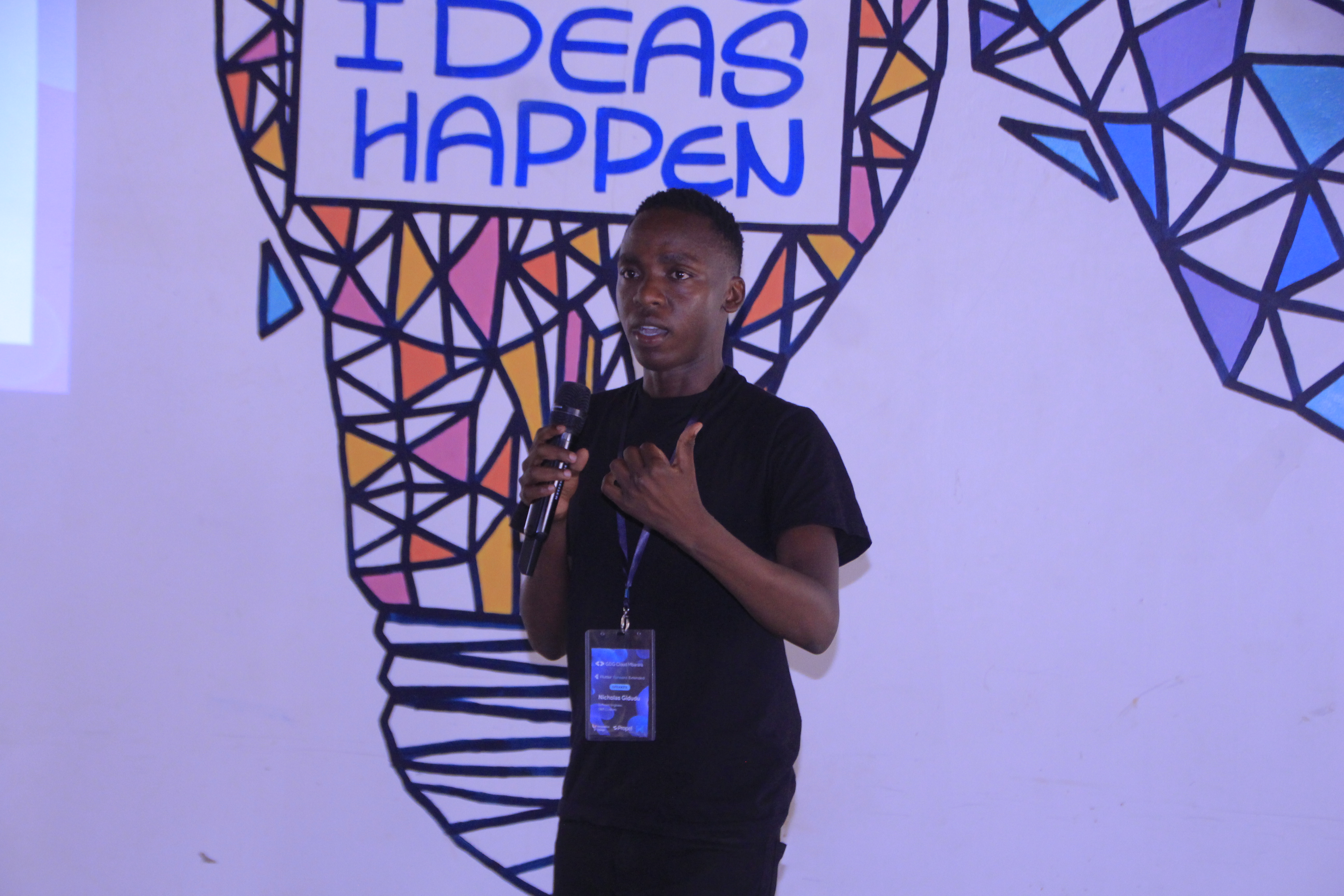Enhance Your Mobile Apps: Optimize Multitasking with Isolates
 Gidudu Nicholas
Gidudu Nicholas
Now, to help you understand this, imagine your Flutter app as a busy restaurant kitchen. The head cook (the UI Thread), needs to ensure that dishes (your animations, taps, and scrolls) are plated and served correctly and timely. But then you ask that same chef to also prepare the desserts, clean the ovens, and take orders, and things slow down—and your diners (users) begin tapping their watches or complaining.
Dart isolates are like bringing in extra chefs, each with their own fully equipped kitchen. They can tackle the heavy lifting i.e (parsing huge JSON files, resizing images, performing complex calculations) without ever crowding the main thread.
Mobile users expect buttery‑smooth UIs—even while an app crunches data, syncs with the cloud, or generates PDFs.
On Flutter, the secret weapon for keeping the main thread silky‑smooth is the isolate.
1. Why Multitasking Matters on Mobile
Every Flutter app runs its UI on a single main isolate (the platform’s “UI thread”).
Heavy work (JSON parsing, file I/O, encryption, ML inference) can block that isolate, causing jank or ANRs.
Off‑loading to background isolates lets the UI keep pumping frames at 60 – 120 fps.
2. What Exactly Is an Isolate?
An isolate is a Dart execution context with its own event loop + memory heap.
Unlike traditional threads, isolates share no mutable state—they communicate by passing messages (SendPort ↔ ReceivePort) containing simple values or transferable typed data (e.g., Uint8List).
If you’re coming from Java/Kotlin, think “actor model” rather than “synchronized blocks.”
3. When to Reach for Isolates
| Use‑case | Why isolates help |
| Large JSON / protobuf decoding | Off‑load CPU‑heavy parsing |
| Image manipulation, video encoding | Prevent UI stutter while crunching pixels |
| Cryptography, compression | Keep expensive math off the main isolate |
| Continuous background polling | Maintain network loop without frame drops |
| Data science / TensorFlow Lite inference | Run ML models without dropping frames |
4. Quick Win: compute() for One‑Shot Tasks
Flutter’s compute() spawns a temporary isolate, runs a pure function, returns the result, then kills the isolate.
// Heavy JSON decode without blocking UI
Future<List<User>> loadUsers(String jsonStr) async {
return compute(parseUsers, jsonStr);
}
List<User> parseUsers(String jsonStr) {
final data = jsonDecode(jsonStr) as List<dynamic>;
return data.map((e) => User.fromJson(e)).toList();
}
✅ Zero boilerplate—perfect for one‑off tasks under a few hundred ms.
5. Full Control: Spawning Long‑Lived Isolates
For streaming, infinite loops, or long pipelines, create and manage isolates yourself.
// main.dart
final ReceivePort uiReceive = ReceivePort();
await Isolate.spawn(backgroundEntry, uiReceive.sendPort);
// background isolate
void backgroundEntry(SendPort mainSend) {
final ReceivePort bgReceive = ReceivePort();
mainSend.send(bgReceive.sendPort); // hand shake
bgReceive.listen((message) async {
if (message is String) {
final result = doExpensiveStuff(message);
mainSend.send(result); // push back to UI
}
});
}
Key points:
Handshake once, then stream messages both ways.
Use
Isolate.kill(priority: Isolate.immediate)for cleanup.Transfer binary blobs with
TransferableTypedDatafor zero‑copy speed.
6. Pattern: Isolate Pool for Concurrent Jobs
If you schedule many short jobs (e.g., image thumbnails), spinning up a new isolate each time is slow.
Maintain an isolate pool (package isolate_pool or DIY with StreamQueue) to reuse workers.
Steps:
Spawn N isolates at startup (
N = number of CPU cores − 1is common).Keep a queue of pending tasks.
Dispatch tasks to idle isolates; await results; recycle.
7. Best Practices & Gotchas
| ✔︎ Do | ✘ Don’t |
| Design isolate functions as pure (no global state). | Touch platform channels or UI widgets in a background isolate. |
Transfer binary data with TransferableTypedData for speed. | Pass huge object graphs—flatten them first. |
Gracefully handle errors with Isolate.addErrorListener. | Forget to kill isolates—memory leaks hurt on low‑RAM devices. |
| Profile with the Flutter DevTools CPU Profiler to confirm gains. | Spawn isolates inside isolate (nested) unless you absolutely need. |
8. Debugging Tips
Enable “Track Widget Rebuilds” in DevTools; if frames still drop, your isolate code isn’t the culprit.
If messages aren’t delivered, verify that both ports stay alive—closing a
ReceivePortkills the stream.On Android ≥ S, background isolates keep running when the app is in the foreground service; else, rely on
WorkManagerfor truly off‑app tasks.
9. Putting It All Together — Sample Architecture
graph LR
UI[Main Isolate<br>UI & Animation] -- Send heavy payload --> BGIso1[Isolate A<br>Image filter]
UI -- JSON blobs --> BGIso2[Isolate B<br>Parser]
BGIso1 -- Filtered bytes --> UI
BGIso2 -- Parsed objects --> UI
The UI isolate stays laser‑focused on views; isolates take the hits.
10. Conclusion
Isolates are Dart’s built‑in concurrency superpower.
Use compute() for quick wins and custom isolates (or pools) for long‑running or streaming work.
Your users—and your app ratings—will thank you for the stutter‑free experience.
Further Reading
- Official docs: https://dart.dev/guides/language/concurrency
Happy multitasking! ✨
Subscribe to my newsletter
Read articles from Gidudu Nicholas directly inside your inbox. Subscribe to the newsletter, and don't miss out.
Written by

Gidudu Nicholas
Gidudu Nicholas
Hello, I am a senior Flutter developer with vast experience in crafting mobile applications. I am a seasoned community organizer with vast experience in launching and building Google Developer communities under GDG Bugiri Uganda and Flutter Kampala.